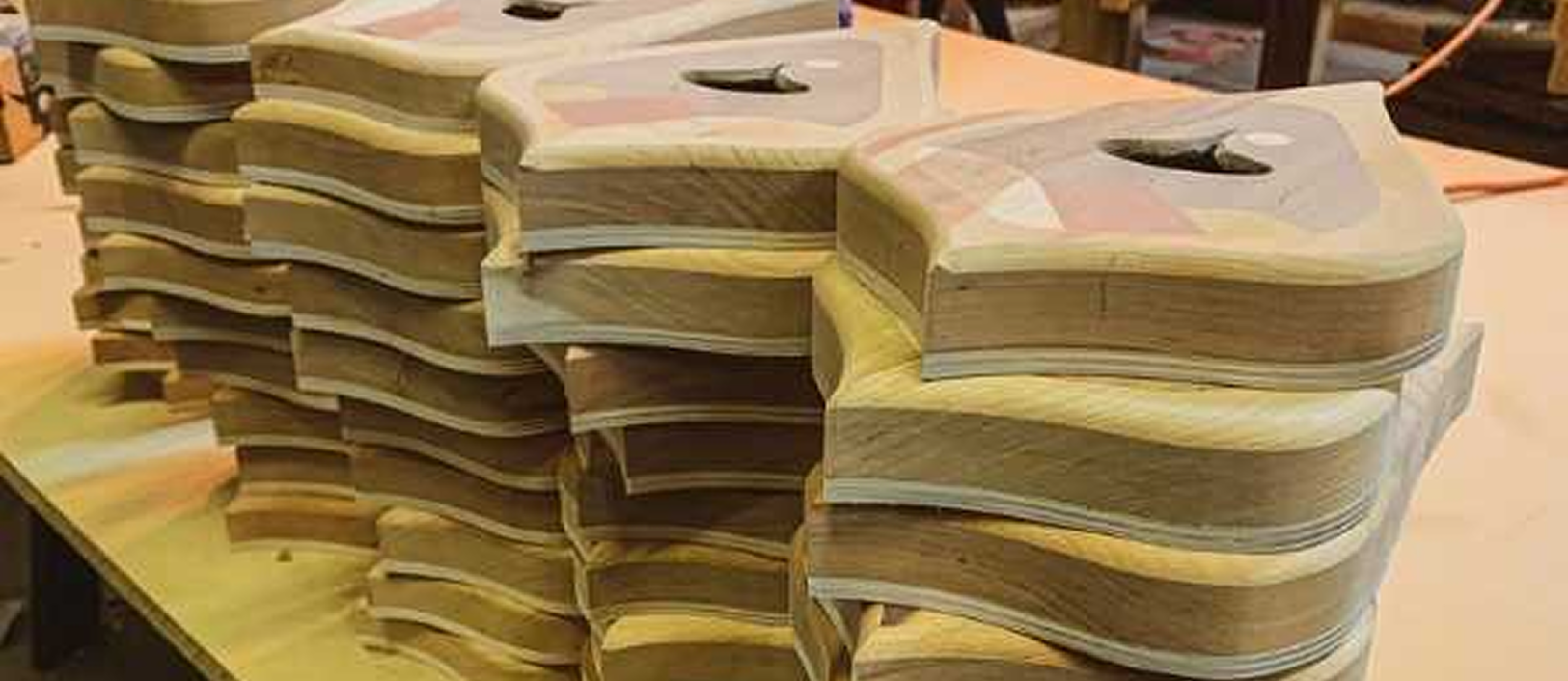Handmade in the USA!
Moon Mountain Woods was started by a craftsman by the name of Gary Upton about 35 years ago. It was formerly known as Gary Upton Woodworking, which was based out of Grass Valley, California. After some time, the business was sold and became Apple Woods. Bob Murphy, also from Grass Valley, purchased the business around 2005 and changed the name to Moon Mountain Woods. The company flourished under Bob’s tutelage in sales, products, and quality.
This is what was so intriguing about the company and piqued my interest enough to purchase Moon Mountain Woods in 2020. Under Bob’s mentorship, I was exposed to the intricate necessities required to not only maintain the business, but to hopefully grow the business by adding new products.
I look forward to this challenge and the opportunity to provide customers with handmade products that can last a lifetime.
Todd Preimsberg
Owner

Door harps originated in Scandinavia, mostly in Sweden but also in Norway and Denmark and has evolved over time. It’s estimated the door harp has been around for about 700 years. It was inspired by the Chinese Feng Shui tradition of hanging bells or chimes around doors and windows to “alter the Chi” (good energy in, bad energy out).
The Swedish adopted this idea but instead of bells, they incorporated the strings and beads which you see on the modern day door harp. The original superstition behind them was to repel evil spirits but has since evolved to signify welcome, luck, health and prosperity to all that pass through the door. It is usually hung on the inside of the front door (some hang it on the outside but this will make it easier for the wood to get warped and the strings to go out of tune)
The door harp is a flattened hollow box made from various kinds of hardwood that comes in many different shapes and sizes, with hanging balls that bounce off the strings which are tuned to different notes. The amount of strings can vary from 3 to as many as a dozen (or more!). Traditionally the strings were made of braided silk, however, these days they are usually wire.

Receive your order anywhere, no matter where you are.

Need advice? Talk to our specialists for personalized recommendations.

Shop with confidence your transactions are always safe.

Authentic products imported from their country of origin.
Every Moon Mountain door harp is handmade in the USA using sustainably sourced hardwoods.
Get early access to new designs, studio updates, and behind-the-scenes stories.
© 2025 Moon Mountain Woods. All rights reserved.